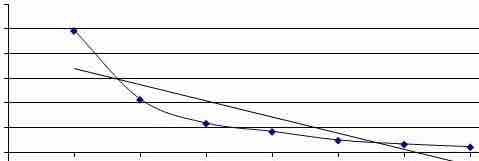Capital budgeting is, by definition, forward looking. When dealing with expected resources and demands, uncertainty is a major factor. Sensitivity analysis is a statistical tool that determines how consequential deviations from the expected value occur. Sensitivity Analysis deals with finding out the amount by which we can change the input data for the output of our linear programming model to remain comparatively unchanged. This helps us in determining the sensitivity of the data we supply for the problem. It also helps to determine the optimal levels of each input.
Sensitivity analysis can be useful for a number of reasons, including:
- Support decision making or the development of recommendations for decision makers (e.g., testing the robustness of a result).
- Enhance communication from modelers to decision makers (e.g., by making recommendations more credible, understandable, compelling or persuasive).
- Increase understanding or quantification of the system (e.g., understanding relationships between input and output variables).
- Model development (e.g., searching for errors in the model).
In order to conduct a sensitivity analysis, all of the inputs and parameters are connected via an algorithm to produce the output. For example, a model of the inputs and parameters for a company interest in creating a new product may include information about expected availability of raw material, inflation rates, and number of employees working in R&D. The output would be the profit generated by the new product. The sensitivity analysis entails changing each variable and seeing how that changes the output . Generally, only one variable is changed at once, with all of the others fixed at their base value. This makes it easy to see how much a variable affects the output. However, not all of the inputs may be independent so changing inputs one at a time does not account for interaction between the inputs.

Sensitivity of a Variable
Sensitivity analysis determines how much an output is expected to change due to changes in a variable or parameter. In this case, the output (y-axis) decreases exponentially with an increase in the input (x-axis). This is mapped out for each input.